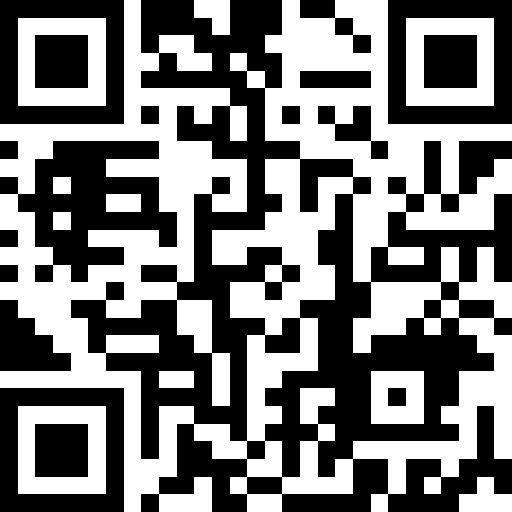PSSR Checklist
-
Location
-
Prepared by
-
Conducted on
PSSR
Information
-
Equipment/Facility
- New equipment
- Modified equipment
- New facility
-
Equipment name
-
Location of Equipment
-
Facility name
-
PSSR Team Members
-
Has process been inactive for 120 days?
-
When was the process last active?
Lockout/Tagout
-
Is the machine capable of being locked out?
-
Has the equipment specific lockout/tag out procedure been developed?
-
Are there any special lockout devices needed?
-
Have they been ordered and distributed to the appropriate personnel?
-
Have production, and maintenance employees been properly trained on the lockout procedures?
Mechanical Hazards
-
Are equipment disconnects and operating controls labeled?
-
Are the start and stop controls within easy reach of the operator?
-
Is there plant maintenance for the equipment?
-
Are maintenance personnel trained to perform the plant maintenance?
-
Can the machine be oiled without removing the safeguards?
-
Is there more than one operator?
-
Are separate controls provided?
-
Are Emergency Stops working and accessible to the operator?
Machine Guarding
-
Have all pinch points and points of operation been properly guarded?
-
Have all chains and sprockets been properly guarded?
-
Are there any exposed set screws, key ways, collars, etc?
-
Have all pulleys and belts been properly guarded?
-
Are all machine guards securely attached?
-
Are interlocks prohibited from being bypassed if applicable?
-
Test all interlocks to ensure functioning properly if applicable?
Electrical
-
Is the machine wired according to code? (National Electric Code, National Fire Protection Association)
-
Is the machine grounded?
-
Is the power supply correctly fused and protected?
-
Will additions or modifications require an Arc Flash analysis?
-
Are all electrical connections secured, cords only the length necessary, conduit only used where required (no cords running through walls, under doors, etc)?
-
Is there any temporary equipment S/O cord (allowed for only 90 days) if any follow up required?
Personal Protective Equipment (PPE)
-
Has PPE Hazard Analysis been conducted for new jobs?
-
Is required PPE available and issued to operators?
-
Have operators been properly trained in the use and care of required PPE?
Noise
-
Have appropriate measures been taken to safeguard workers against noise hazards?
-
Has an area survey been conducted?
-
If noise is above 85 dB, has noise reduction measures been considered?
Evacuation/Egress
-
Have existing means of egress been obstructed or changed (at least 28")?
-
Have exit routes been rerouted if necessary?
-
Have employees been trained in new exit routes?
-
Has the emergency evacuation drawing been updated?
-
Is head room at least 7 feet high with no overhead obstructions below 6'8"?
-
Have all emergency exits been designated by appropriate signage/lighting?
-
Are new sprinkler systems operational and tested?
-
Fire Extinguisher accessible and adequately marked?
Ventilation
-
Does the new equipment generate hazardous vapors/gasses/fumes which will require additional ventilation?
-
Has ventilation been installed?
-
If ventilation has not been installed, have employees been instructed in temporary hazard abatement procedures?
Ergonomics
-
Has an ergonomic audit (ergonomic job measurement system, ergonomic assessment) been conducted of the new/modified equipment?
-
Have identified ergonomic hazards been corrected?
Confined Spaces & Hazardous Locations
-
Has the new equipment created a hazardous location?
-
What is the nature of the hazard?
- Flammable
- Toxic
- Extreme temperature
- Confined space
- Other
- Explosive
- Electrical
-
Identify hazard
-
Permit required for confined spaces?
-
Are all hatches and other means of entry labeled as confined spaces?
-
Have space specific entry procedures been developed?
-
Have employees been trained on entry procedures?
Fall Protection
-
The new equipment will not create a situation in which employees must work more than 4' above the floor and outside of a standard guard rail?
-
Has appropriate fall protection equipment been provided to employees?
-
Have employees been trained in the use of required fall protection equipment?
-
No slip/trip/fall hazards created?
Hazard Communication
-
The new equipment has not introduced any new hazardous chemicals into the facility?
-
Have employees been trained in the hazards and protective measures for the new chemical?
Training
-
Does the new/modified equipment require additional process training?
-
Has the training been conducted?
-
Have new training requirements forwarded to the Training Department?
Air Permits
-
Has equipment received the necessary air permits?
-
Has the regulatory agency been notified of start up?
-
Has a standard operating procedure been modified or created to control the equipment per regulations?
-
Has an updated standard operating procedure been submitted to regulators for approval?
-
Does the facility have spare/redundant critical equipment to keep equipment running within compliance standards?
Wastewater Compliance
-
Has the equipment received the necessary wastewater permits and/or notifications?
-
Has a standard operating procedure been modified/created to control the equipment to not impact wastewater?
-
Is wastewater treatment operations prepared to handle the impact of this process change?
SPCC/Storm water
-
Are secondary containment and/or storm water controls in place?
-
Has the SPCC plan been updated, including site maps?
-
Has a "best management practice" been created for this potential pollution source?
ISO 14001
-
Are the necessary "Operational Controls" established and documented in the environmental management system?
-
Have any new reporting requirements been added to the environmental calendar?
-
Is the process change an Aspect or Significant Aspect?
-
Has the training schedule been updated to include the process change?
Waste/Chemical Notification /Utilities
-
Are the procedures in place to handle the waste (hazardous or non-hazardous) from the process change?
-
Has notification to regulators occurred to address legal requirements?
-
Are appropriate back flow connections installed to prevent contamination of potable water?
-
Are the appropriate mechanical and procedural systems installed to minimize energy/water usage?
Completion
-
Are safety, operating, maintenance, and emergency procedures are in place and are adequate?
-
Is construction and equipment in accordance with design specifications?
-
All PHAs have been performed and recommendations have been resolved or implemented for new facilities and mod facilities meet the requirements?
-
Comments/Recommendations
-
Safe and ready for commissioning/startup?
Tier I Approval
-
Engineering
-
Safety
-
Quality
-
M & D Representative
-
Tier II Approval
-
M & D Chief
-
CoMM Director
-
Command






